How Often To Water Your Mums For Beautiful, Long-Lasting Blooms
Watering chrysanthemums relies in part on whether your plants are in the garden or in a pot, but there is a knack to doing it well. We show you how often to water your mums for the best blooms
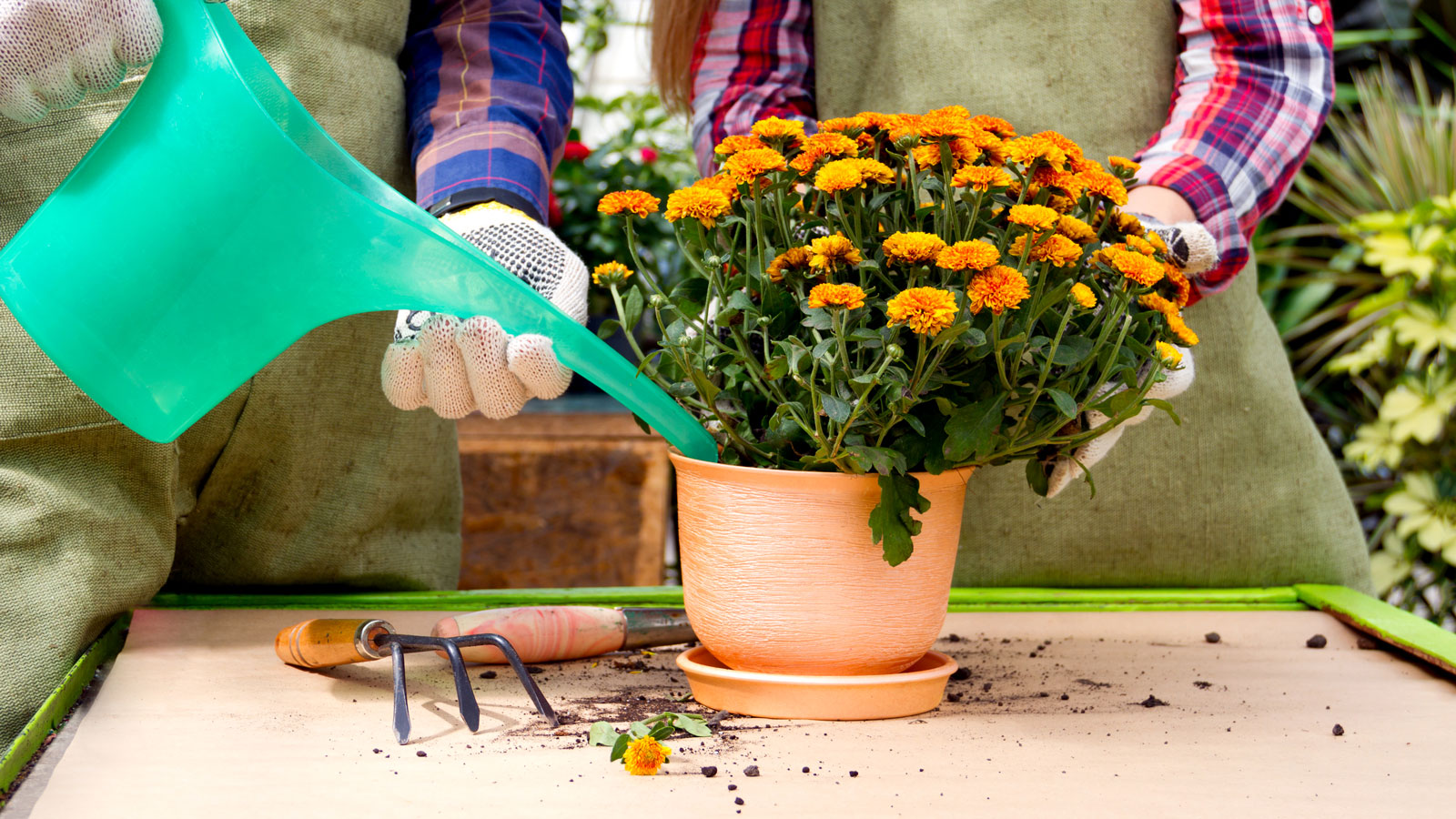

Knowing how often to water your mums makes all the difference between a short burst of color, and seasons of brilliant warmth and vitality. Chrysanthemums are always a great choice for gardeners looking to add lasting, late-season color to flower beds and mixed borders. Where conditions are ideal, perennial mums can dazzle growers season after season with their immense floral display.
These easy-to-grow plants require only a little care, but need consistent moisture throughout the season to bloom their best. Our gardening visitors often ask us, “Do mums need a lot of water? How often should you water mums?” Here we show you how to give your plants the best chance of thriving with some simple watering tips and tricks.
How Much Water Do Mums Need?
Determining how often to water your mums depends greatly on weather conditions. When they’re grown in regions with exceptional rainfall, chrysanthemums will seldom need supplemental water. Watering mums is most necessary in gardens where temperatures remain consistently warm, or where there are prolonged periods of drought. If you can monitor moisture levels it will help to make certain that your plants are not allowed to dry completely between waterings.
How Often Do You Water Mums?
Solving the riddle of how to water mums, and how frequently, will depend on a subtle combination of planting conditions, location, soil quality and underlying plant health. However, one of the main factors is whether you are watering mums in pots or the ground:
- Watering in Pots: Like other potted plants, mums grown in containers require watering with much greater frequency. This is especially true throughout summer when temperatures are warm. Though smaller plants may thrive with weekly watering, more established pots should be irrigated often. Although daily watering may be a necessity in some instances, the amounts needed will generally decrease as the weather begins to cool in autumn.
- Watering in the Garden: Chrysanthemums grown in the garden seldom require extra watering. In many regions, rainfall is more than sufficient to meet the needs of the plant. Still, mums will benefit from weekly watering, making certain to saturate the soil deeply down to the root zone of each plant. Since consistent moisture is critical for the production of mum flowers, you should avoid letting the soil dry between waterings.
When to Water Mums
Experienced mum growers agree that the best time to water chrysanthemums is early in the morning. Cooler temperatures at this time allow plants to draw water freely, better hydrating the mums throughout the day. Though it may be tempting to water plants late in the evening, doing so may contribute to the development of many late-season diseases.
How to Water Mums
As well as knowing how often to water your mums, there is a knack to knowing how to water them. Chrysanthemum plants are best watered from the bottom or base of the plant. This helps to avoid wetting or splashing soil onto the plant’s leaves. It also reduces the likelihood of disease in plants and helps to stop their spread. Bottom watering is most commonly done using drip irrigation lines or soaker hoses.
These techniques allow for deep, slow watering that more effectively delivers water to the root system. Potted mums can also be watered from below by briefly submerging pots into a shallow basin of water, as well as carefully positioning a watering can at soil level.
Gardening tips, videos, info and more delivered right to your inbox!
Sign up for the Gardening Know How newsletter today and receive a free copy of our e-book "How to Grow Delicious Tomatoes".
Frequently Asked Questions
Can You Overwater Mums?
Chrysanthemums that have been overwatered will show signs of stress. Over-saturated soils and poor drainage are amongst the most common causes of yellowing leaves in mums. Leaves that have turned yellow will wilt and drop prematurely from the plant. Should wet conditions persist, plants that have been overwatered are likely to succumb to disease and various types of rot.
How Many Days Can Mums Go Without Water?
Though garden mums can survive considerably longer without water, most potted specimens will begin to show signs of stress within a few days. Thirsty plants will wilt quickly and should be watered immediately. Provided the problem is caught early, you should expect your plants to make a rapid and full recovery.

Tonya Barnett has been gardening for 13 years. Flowers are her passion. She has transformed her backyard into a cut flower garden, which she regularly chronicles on her YouTube channel http://www.youtube.com/@tonyawiththeflowers.
-
 Try The Trend – Turn Any Bed Into A Keyhole Garden With This Clever In-Ground Composter
Try The Trend – Turn Any Bed Into A Keyhole Garden With This Clever In-Ground ComposterKeyhole gardening is an efficient and sustainable practice that saves space. Get started on this DIY project quickly and easily with an in-ground composter.
By Bonnie L. Grant
-
 4 Superfast Composting Methods: Turn Waste Into Garden Gold In 30 Days Or Less
4 Superfast Composting Methods: Turn Waste Into Garden Gold In 30 Days Or LessTry the fastest composting methods to turbocharge your pile and transform kitchen scraps and garden waste into finished compost in just a few weeks.
By Mary Ellen Ellis
-
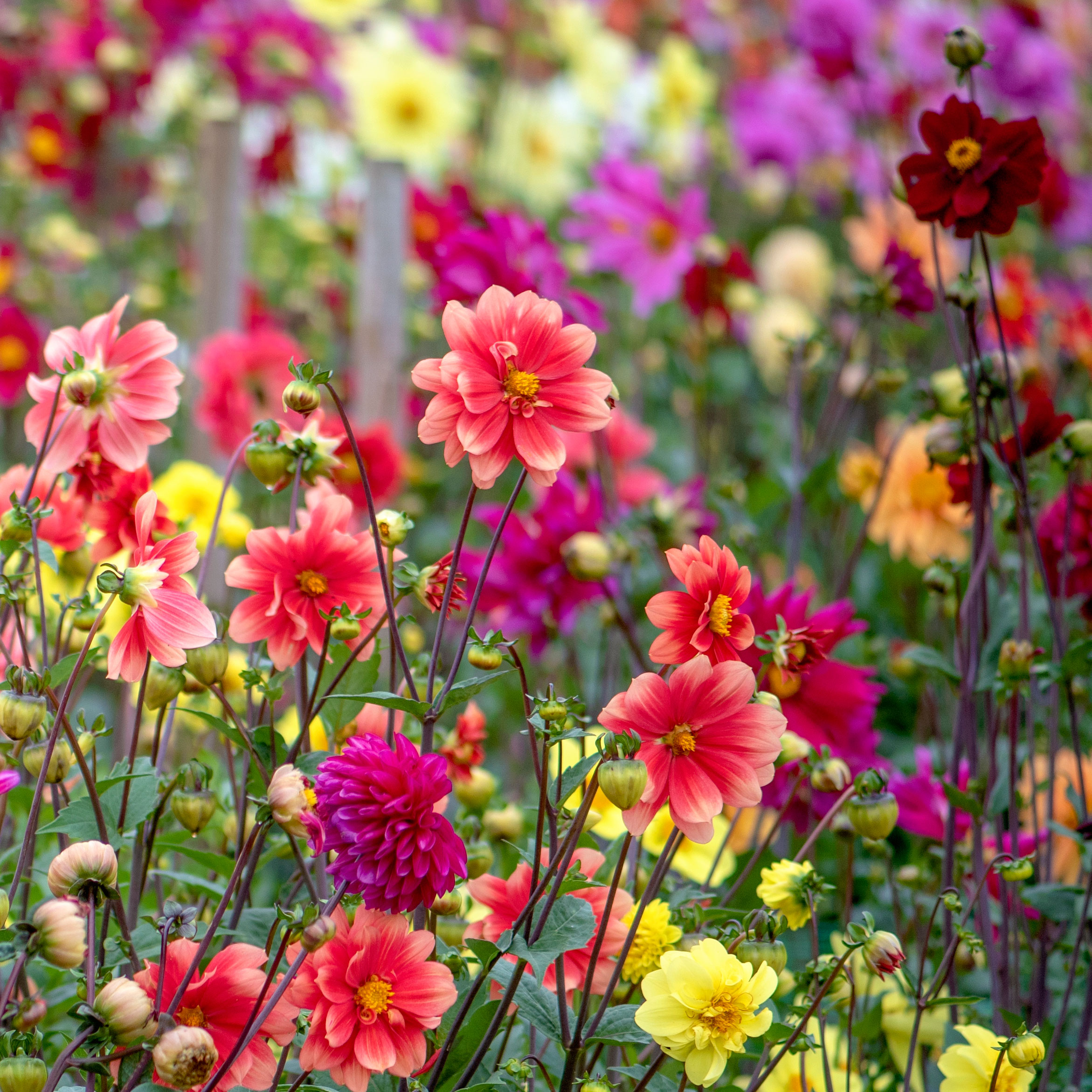 Cut Flower Garden For Beginners: 8 Easy Decorative Floral Plants For Newbies To Grow
Cut Flower Garden For Beginners: 8 Easy Decorative Floral Plants For Newbies To GrowAre you new to growing decorative florals for bouquets and ornamental displays? A cut flower garden for beginners is well within reach if you grow these flower seeds
By Tonya Barnett
-
 Spectacular Early Blooming Shrubs: 6 Sparkling Spring Flowering Bushes
Spectacular Early Blooming Shrubs: 6 Sparkling Spring Flowering BushesWant to kickstart your gardening year with dazzling spring flowering bushes for beds and borders? These unique early bloomers are sure to help you rise and shine!
By Teo Spengler
-
 Quick Fire Hydrangea – The Elegant, Easy-Care Shrub Every Gardener Needs In Their Landscape
Quick Fire Hydrangea – The Elegant, Easy-Care Shrub Every Gardener Needs In Their LandscapeIf you’re after an early flowering panicle hydrangea that offers plenty of floral variety, the Quick Fire hydrangea goes big on visual dynamics from early summer to fall
By Tonya Barnett
-
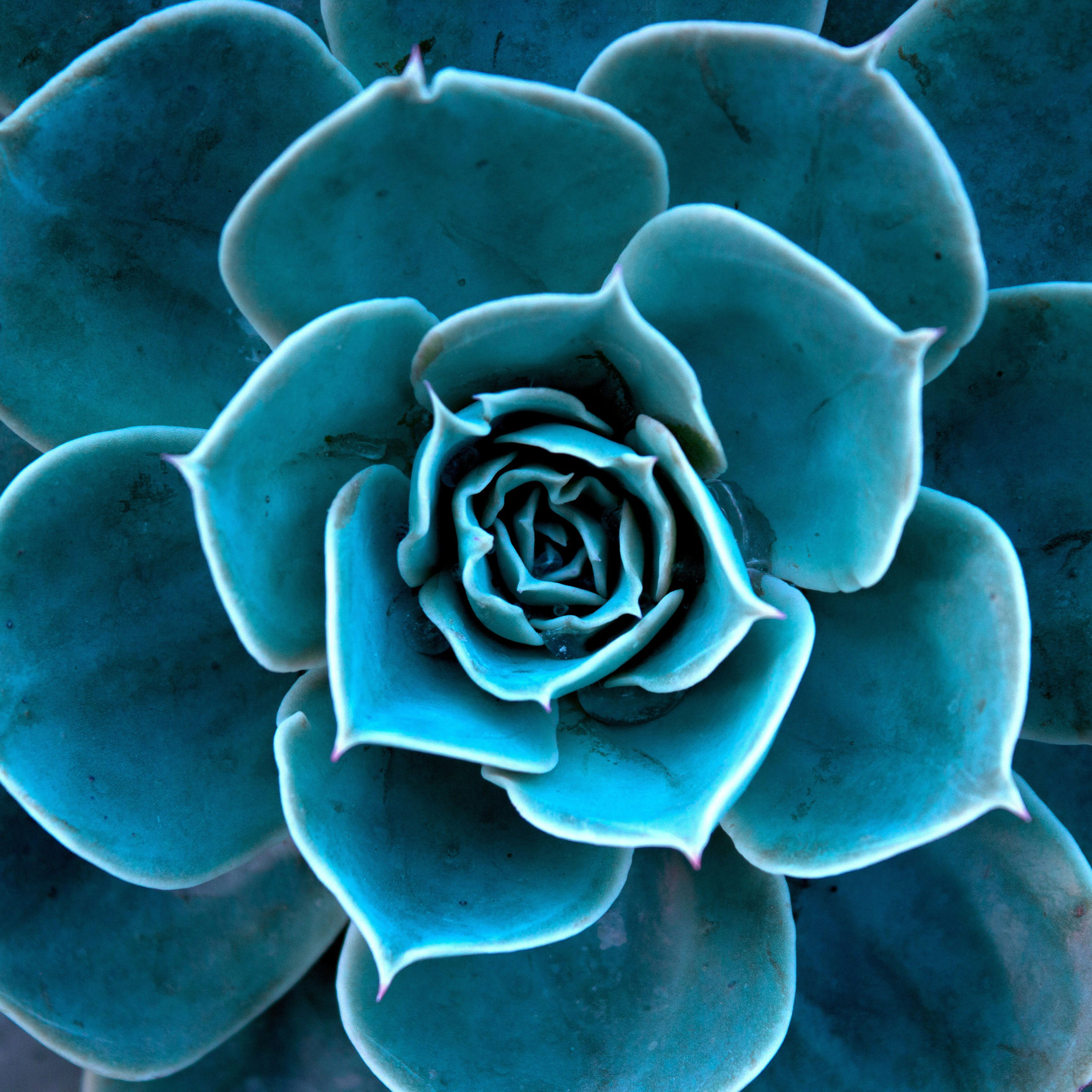 Time For Teal: 7 Terrific Teal Plants To Grow In Your Home Garden
Time For Teal: 7 Terrific Teal Plants To Grow In Your Home GardenIt’s an emerging color with a devoted following in fashion and interiors, but can you enjoy blue-greens in your garden? We round up the best teal plants you can grow
By Tonya Barnett
-
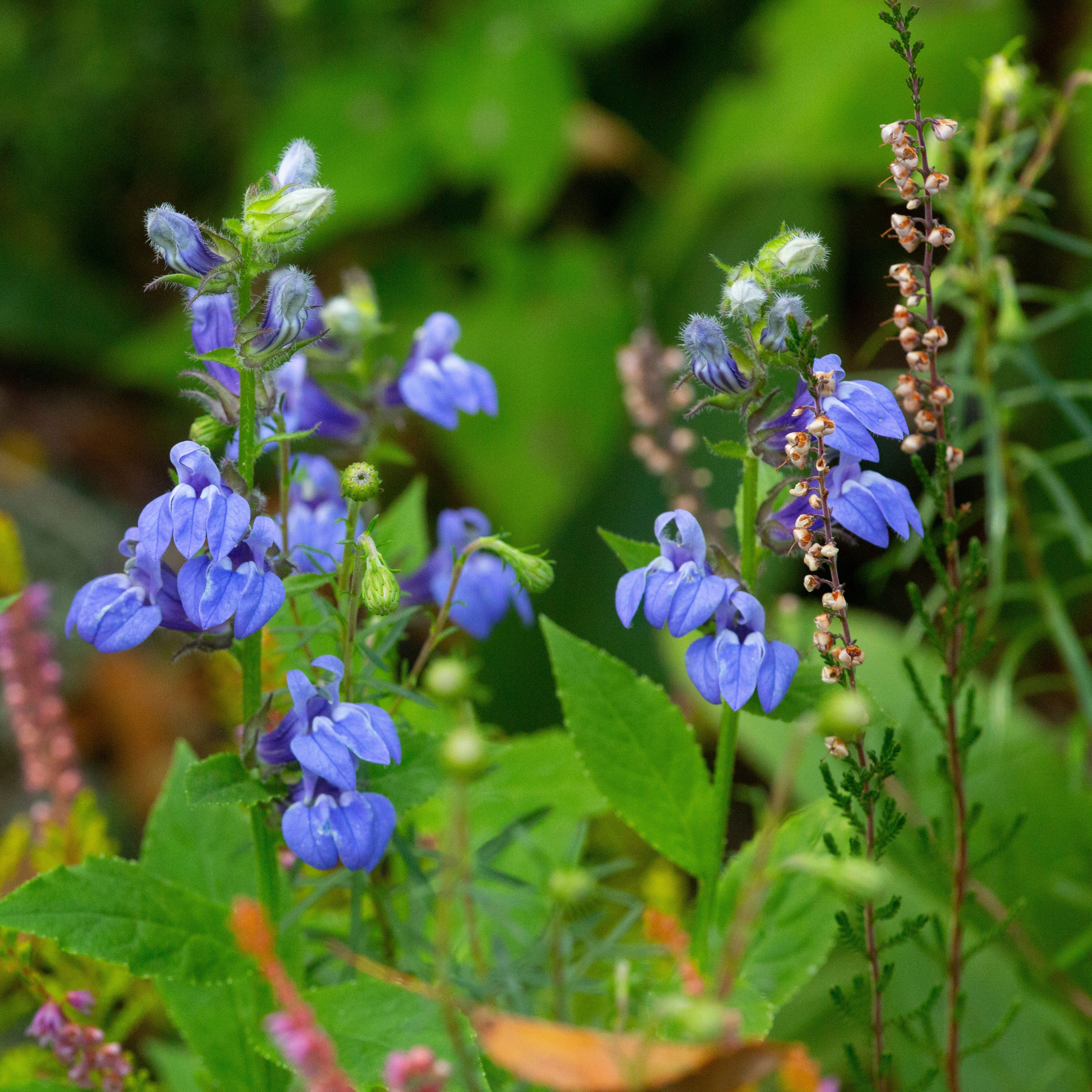 Grow Great Blue Lobelia: Native Blue Cardinal Flowers For Butterflies And Hummingbirds
Grow Great Blue Lobelia: Native Blue Cardinal Flowers For Butterflies And HummingbirdsIf you’re keen to enhance your native plants or attract more pollinators, blue cardinal flowers are an essential flowering perennial. Here’s how to grow great blue lobelia
By Tonya Barnett
-
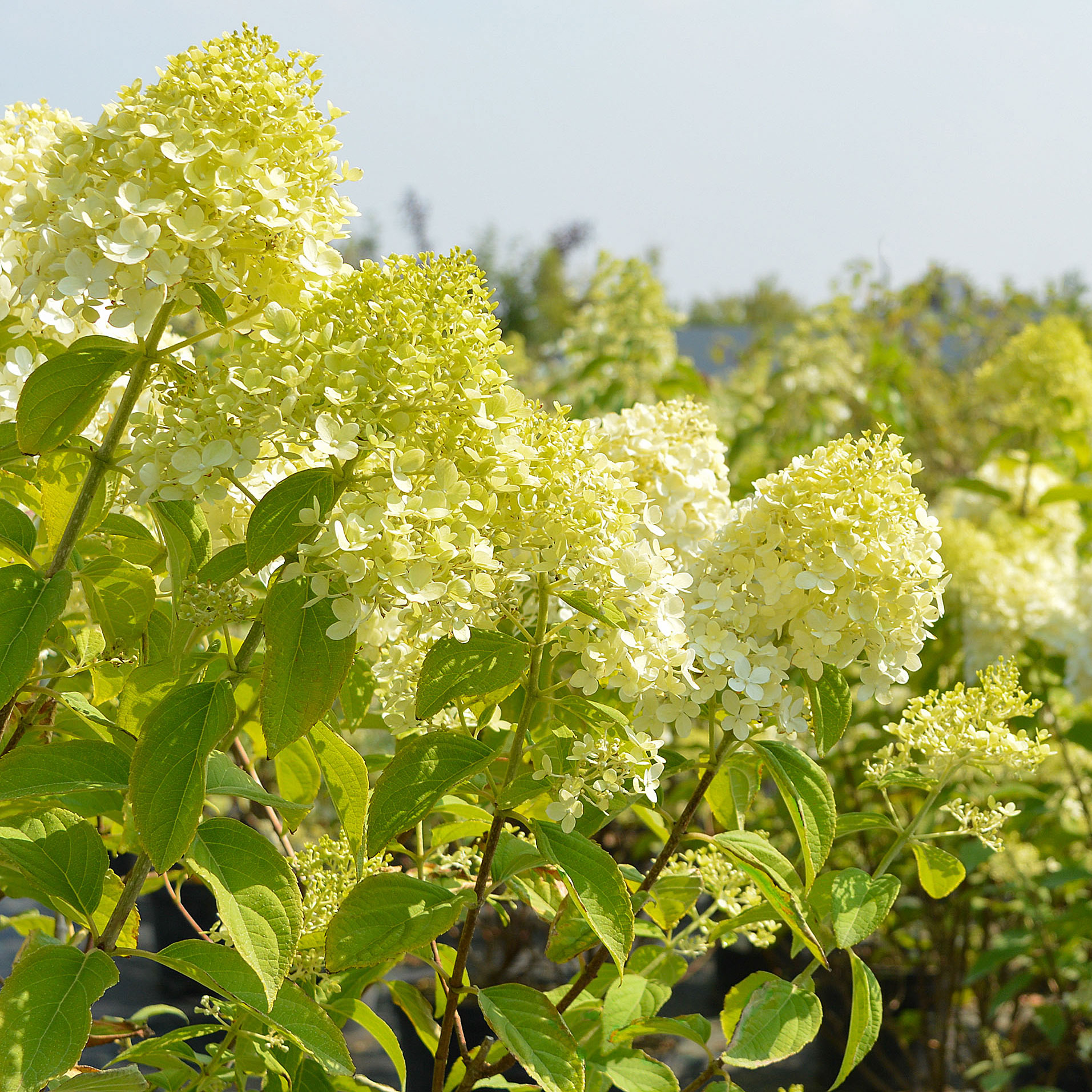 Grow Limelight Hydrangea Shrubs For Green Themed Displays And Brilliant Borders
Grow Limelight Hydrangea Shrubs For Green Themed Displays And Brilliant BordersIf you're a panicle hydrangea lover in search of flamboyant, long-lasting florals, knowing how to grow Limelight hydrangea shrubs will ensure gorgeous green blooms
By Mary Ellen Ellis
-
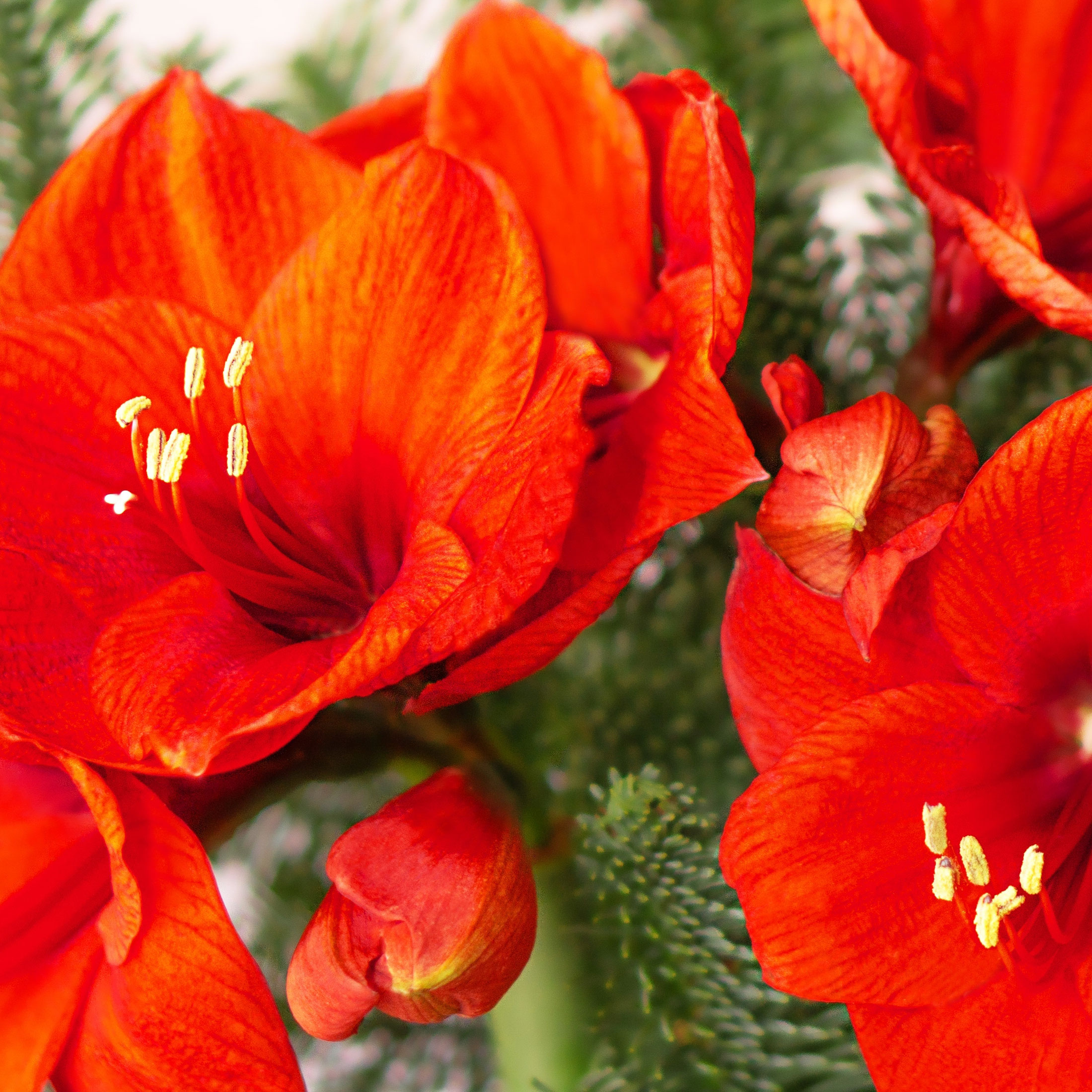 Warm Up Your Winter With Indoor Reds! 8 Red Amaryllis Varieties For Sizzling Seasonal Interest
Warm Up Your Winter With Indoor Reds! 8 Red Amaryllis Varieties For Sizzling Seasonal InterestWell loved as a bold decorative holiday bloomer, the red amaryllis is a hot favorite for winter displays. These red amaryllis varieties are guaranteed to fire up the season
By Tonya Barnett
-
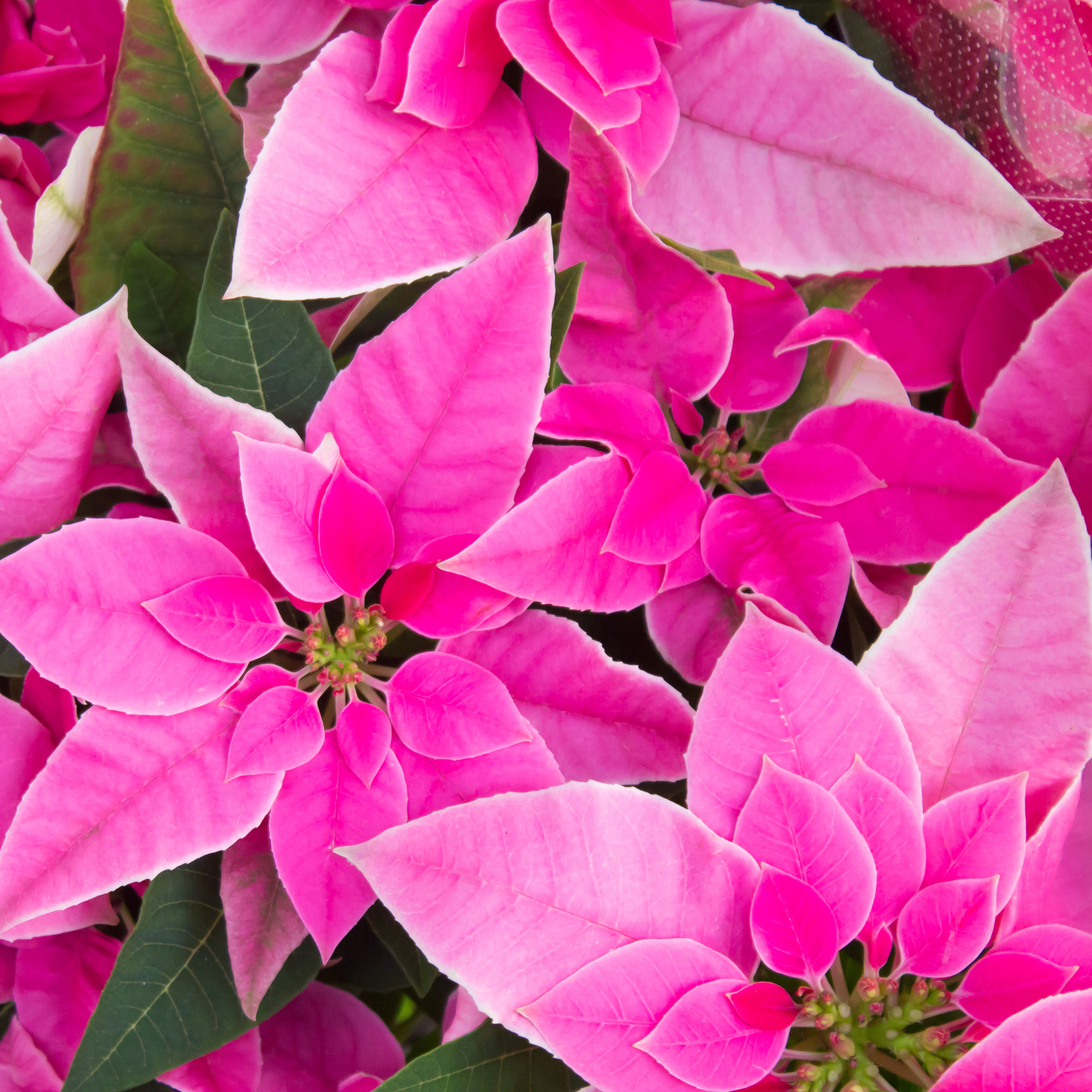 Poinsettia Pinks: 7 Pink Poinsettias To Grow For Neon Hot Tones And Cool Pretty Pastels
Poinsettia Pinks: 7 Pink Poinsettias To Grow For Neon Hot Tones And Cool Pretty PastelsWhile the traditional red poinsettia is a staple of many homes over the holiday period, they are not your only option. For cheerful brights or pastels, why not grow pink poinsettias?
By Tonya Barnett